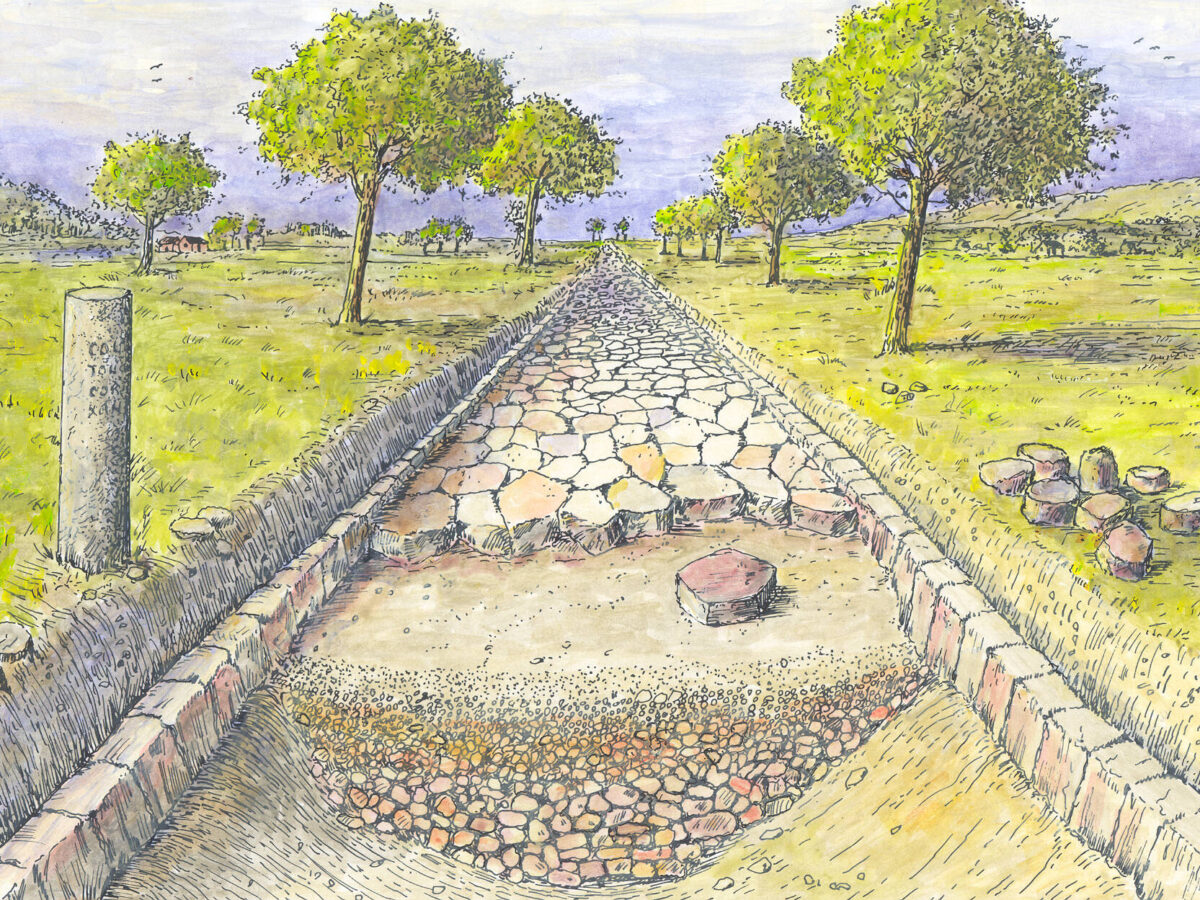The Aqueduct of Tongeren Was a Gigantic Task for the Roman Army
Author: Harry Lindelauf
Photography: Gallo-Romeins Museum, Agentschap Onroerend Erfgoed Vlaanderen
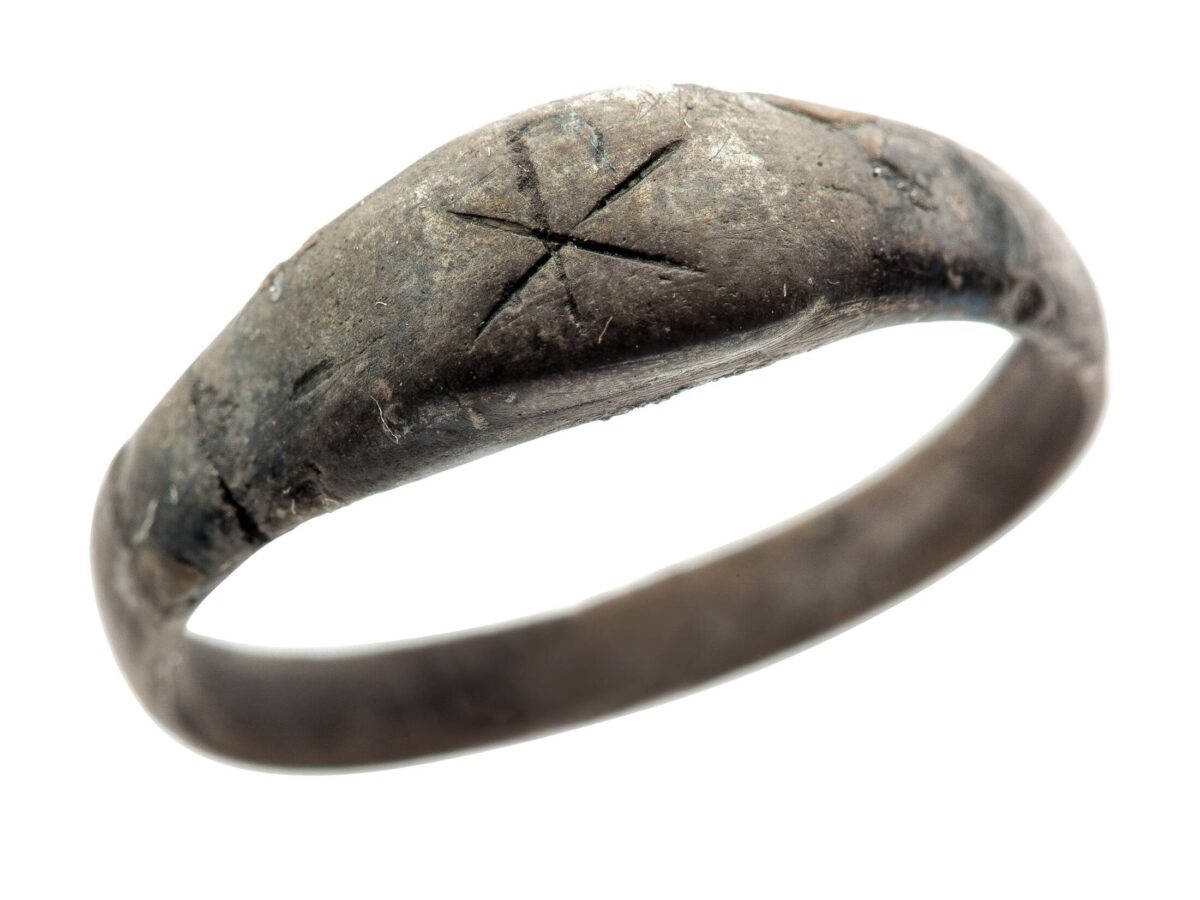
The Aqueduct of Tongeren Was a Gigantic Task for the Roman Army
A long hill, a sea dike, or perhaps a defensive wall? Three times no, because this is an aqueduct.
Surprising, because we expect Roman aqueducts in southern Europe, but this impressive example lies in Tongeren.
After the article about the aqueduct of Cologne, this is the second in a series about aqueducts along the Via Belgica between the Rhine and the Jeker.
Also in Tongeren, it once again becomes clear that the Romans were not afraid of gigantic jobs. Here, south of the city, they built an earthen embankment. It is no less than 4 kilometres long, up to 8.5 metres high, and 30 to 50 metres wide at the base. The amount of soil, mainly clay, that had to be moved by hand is immense. It is estimated that 817,000 cubic metres of clay were excavated and heaped up. The work was completed sometime between the years 69 and 200 AD by surveyors, engineers, and soldiers of the army. Remarkable is how cleverly the Roman builders made as much use as possible of the relief in the landscape. Where that was not possible, they built with great effort a solution to bring the water to Tongeren with a constant gradient in the aqueduct of 1.3%.
Photo: Tongeren played an important role in the rise of Christianity. This silver ring with a Christogram from the 4th century was found in a cemetery in Tongeren. Collection of the Gallo-Roman Museum.
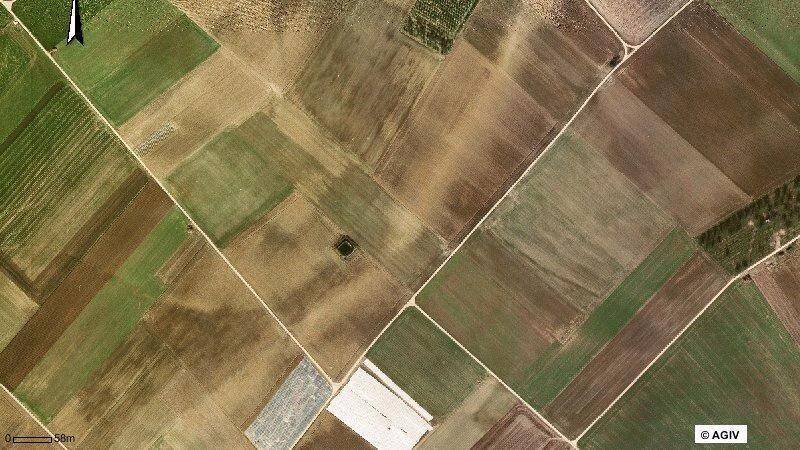
Military Advantage
All that effort was made to bring water from the source — and therefore clean — to Tongeren.
The city has grown rapidly since its foundation.
The location for Roman Tongeren was cleverly chosen: a rectangular street plan was laid out on a plateau along the strategically important road from Cologne via Bavay to Boulogne-sur-Mer.
The street plan was later continued as the garrison developed into a city on the Tongeren plateau, with the small river Jeker close enough to make the supply and transport of goods by boat to the harbour of Roman Maastricht possible.
Photo: Aerial photographs and height measurements so far do not yet give a complete picture of the route.
Important City
Tongeren — Atuatuca Tungrorum — grew into an important city, among other things because it formed a junction of roads to Bavay, Maastricht with its bridge over the Meuse, Cologne, Trier, Reims, and Nijmegen.
The fertile soil around the city contributed to growth, which made it possible around the year 50 to pave the streets in the city. Later followed the construction of, among others, a temple, a large granary, a forum, and a bathhouse. Around the year 180, the settlement became more important thanks to a city wall of more than 4 kilometres long — again a massive task. Ultimately, Tongeren became the capital of the Roman administrative district and played an important role in the rise of the Christian faith around 330. This is still known today thanks to Servatius, the Catholic bishop who exchanged Tongeren for Maastricht.
Photo: In Roman Tongeren, money was earned not only through trade.
The city had many workshops, including in Berg, where coins were minted. Lead was also processed, as this ingot shows with an inscription of Tiberius. The ingot was found in Tongeren. Collection of the Gallo-Roman Museum.
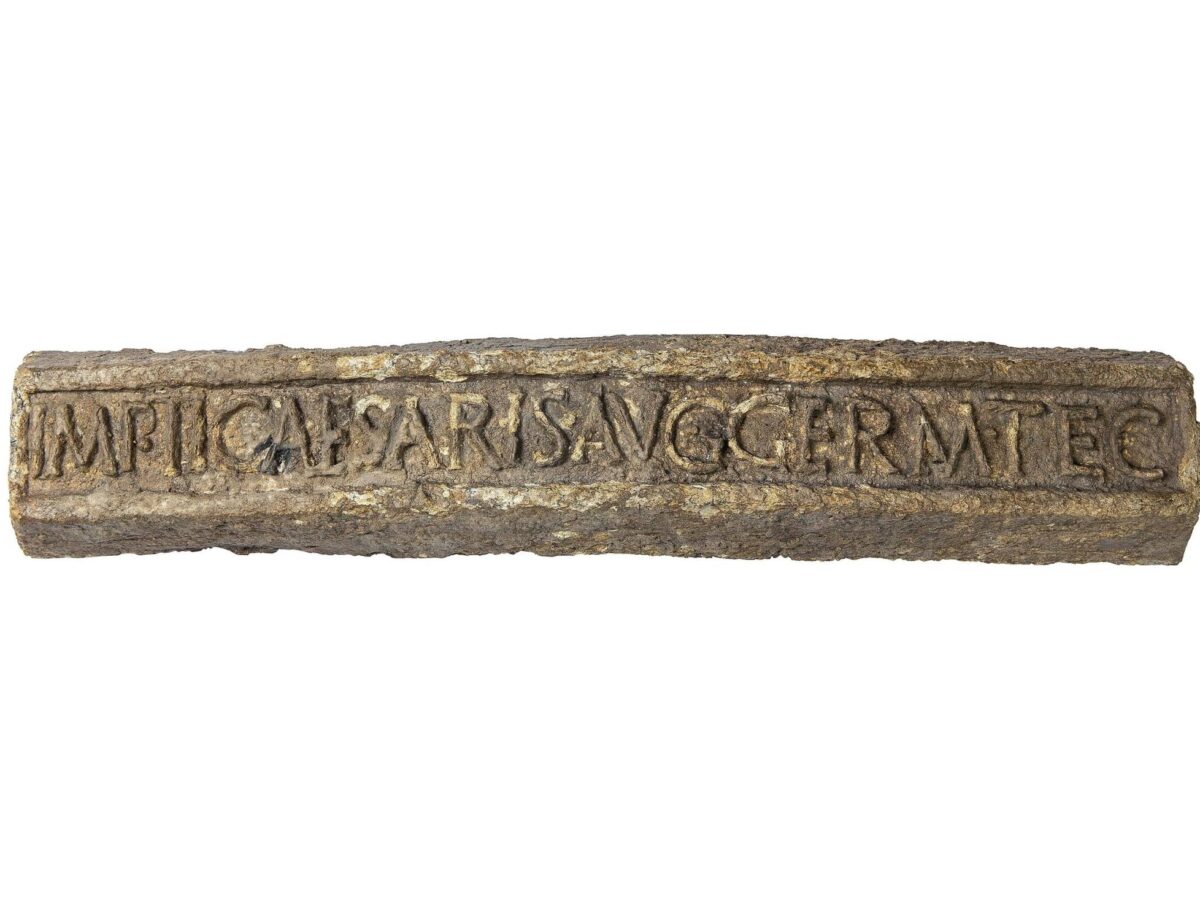

The Jeker as a Source?
Aerial photographs and height measurements so far still do not give a complete picture of the route. As a result, it is also not known where the aqueduct obtained its water. There are possible sources from the Meulenbeek in Corswarem, the Figgelbroek in Rukkelingen-Loon, but also the sources of the Jeker are a possibility.
What we also do not know: how was the water channel on top of the earthen embankment constructed? A not very clear investigation from 1950 reports the discovery of stones in two layers in the embankment.
That could — with emphasis on “could” — indicate the presence of a masonry channel. The Romans could also have used pipes of lead or pottery. Even a wooden channel is possible. But of a water gutter, nothing else has been found so far. What remains are the mysterious stones and our imagination.
With thanks to Dirk Pauwels, city archaeologist of Tongeren.
Photo: This small oil bottle in the shape of a Nubian bust is proof of the wealth in and around Roman Tongeren. Collection of the Gallo-Roman Museum Tongeren.

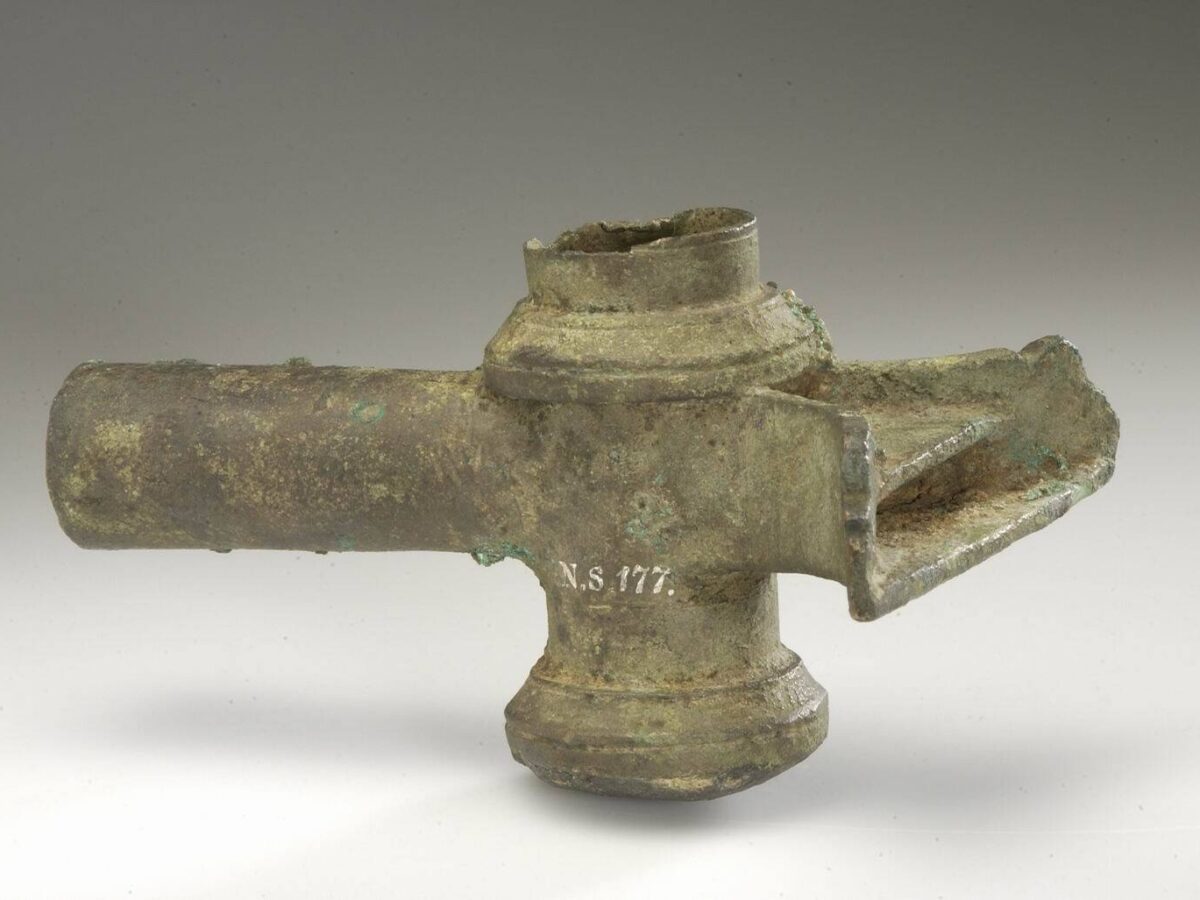
Photo: Astonishing how the Romans brought and controlled drinking water into houses. This bronze tap was found near Nijmegen. Photo: National Museum of Antiquities.

